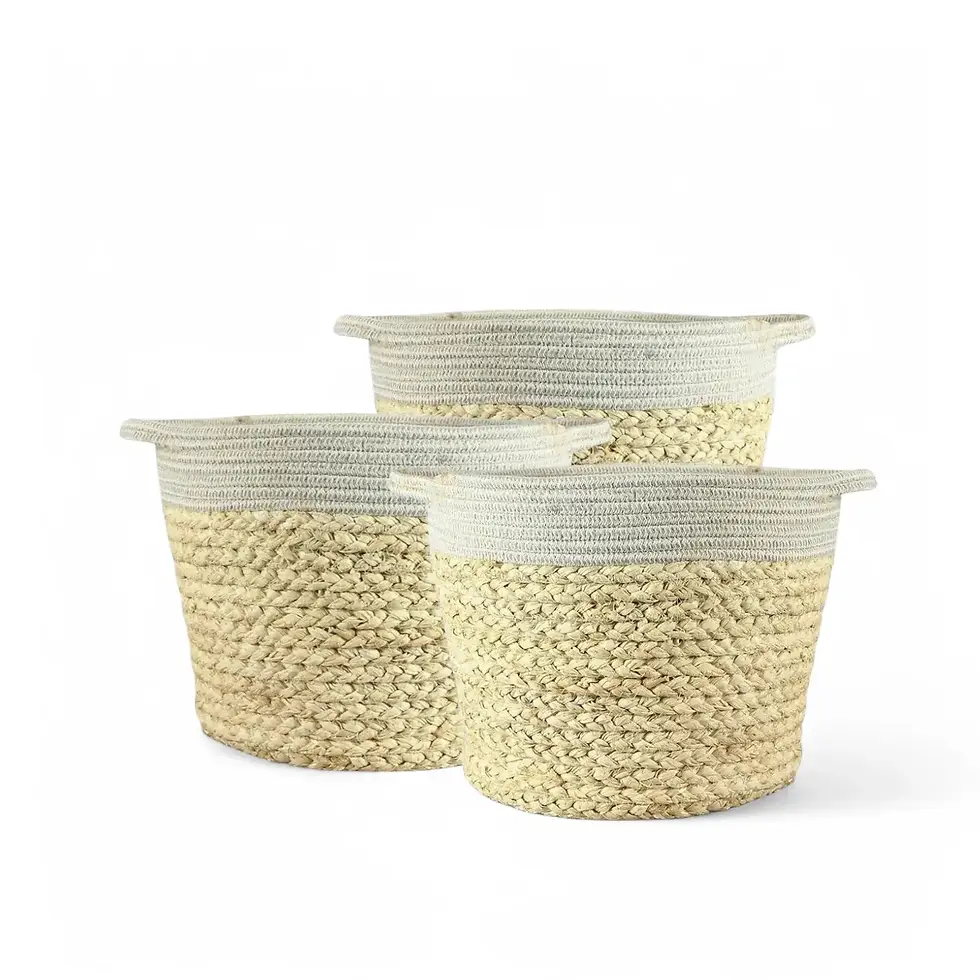Pilea peperomioides - Characteristics and Care Guide
With its round, pancake-like leaves and elegant simplicity, Pilea peperomioides, also known as the Chinese Money Plant, is an eye-catching houseplant that adds charm and vibrancy to any indoor space. Its striking foliage, featuring perfectly rounded, glossy green leaves that appear to float on slender stems, makes it a true conversation starter. Beyond aesthetics, its reputation as a symbol of prosperity and abundance has earned it a special place in homes worldwide.
Pilea peperomioides: Unique Features and Advantages
- Distinctive Appearance: Iconic circular leaves and a clean silhouette make it perfect for modern interiors.
- Compact Growth: Upright habit ensures it fits perfectly on desks, shelves, or small spaces.
- Easy Propagation: Produces baby plants (“pups”) regularly, ideal for sharing or expanding your indoor garden.
- Non-Toxic: Safe for pets and children, giving you peace of mind.
- Low Maintenance: Thrives with minimal care, making it suitable even for beginners.
- Symbolic Meaning: Represents prosperity and abundance, making it an ideal housewarming gift.
Key Insights About Pilea peperomioides
- Natural Habitat: Native to China’s Yunnan province, thriving in cool, mountainous regions.
- Growth Potential: Indoors, it can reach 30-45 cm in height and width.
- Growth Rate: Moderate, filling out quickly with optimal care.
- Growth Habit: Upright with spreading pups emerging over time.
- Lifecycle: A long-lasting perennial with year-round beauty.
- Light Sensitivity: Highly responsive to light—rotate regularly for symmetrical growth.
Caring for Your Pilea peperomioides
- Placement: Prefers bright, indirect light but avoids harsh sun to prevent scorch marks.
- Light: Can tolerate lower light conditions but thrives in well-lit spots. Rotate weekly for even growth.
- Water: Allow the top 2-3 cm of soil to dry out between waterings. Overwatering may lead to root rot.
- Humidity: Thrives in average indoor humidity. Clean leaves occasionally with a damp cloth.
- Temperature: Best between 15-24°C. Protect from cold drafts.
- Soil: Well-draining mix with perlite helps prevent water retention.
- Fertilizing: Feed monthly with a balanced water-soluble fertilizer. Avoid over-fertilization.
- Repotting: Repot every 1-2 years or when roots outgrow the pot. Terracotta pots provide better moisture control.
- Propagation: Remove pups once they reach 5-7 cm tall and plant them in fresh soil.
- Hydroponics and Semi-Hydroponics: Adapts well to hydroponic setups with consistent moisture levels.
- Pruning: Remove damaged or yellowing leaves to maintain a neat appearance.
- Support Needs: Larger plants may require light staking to prevent leaning.
Pilea peperomioides: Common Challenges and Remedies
- Yellowing Leaves: Typically caused by overwatering. Allow soil to dry before watering again.
- Drooping Leaves: Indicates underwatering—check moisture levels and water accordingly.
- Brown Tips: Can result from low humidity or inconsistent watering.
- Root Rot: Trim affected roots and repot in fresh, well-draining soil.
- Pests: Watch for spider mites, aphids, or mealybugs. Treat with neem oil or insecticidal soap.
- Fungal Issues: Improve air circulation and avoid overwatering.
- Leaf Curling: Often due to excessive sun or underwatering—adjust care accordingly.
- Stunted Growth: Repot if soil is compacted and ensure regular feeding.
- Leggy Growth: Indicates insufficient light—move to a brighter location.
Pilea peperomioides - Fascinating Details
- Origin and Journey: First discovered in China’s Yunnan province, Pilea peperomioides was brought to Europe by Scandinavian missionaries in the mid-20th century. It quickly gained popularity for its ease of propagation.
- Etymology: “Pilea” means “cap” in Latin, referencing the plant’s umbrella-like leaves. “Peperomioides” indicates its resemblance to Peperomia plants.
- Flowering Indoors: While its flowers are small and delicate, they signify excellent care.
Pilea peperomioides: Frequently Asked Questions
- Can I grow Pilea peperomioides outdoors? Yes, in temperatures above 10°C, it thrives in shaded outdoor areas.
- How often should I repot Pilea peperomioides? Every 1-2 years or when roots outgrow the container.
- Can I use tap water? Tap water is fine, but letting it sit for 24 hours allows chlorine to dissipate.
Order Pilea peperomioides Today!
Bring prosperity and style to your home! Order your Pilea peperomioides today and enjoy its charm and easy care. Shop now to welcome this timeless favorite into your space.
Pilea peperomioides
Pilea peperomioides comes in following sizes:
Baby Plant – is approximately 15 cm tall and comes in a ⌀ 6 cm pot.
S – is approximately 20 cm tall and comes in a ⌀ 12 cm pot
M – is approximately 25 cm tall and comes in a ⌀ 15 cm pot

























































